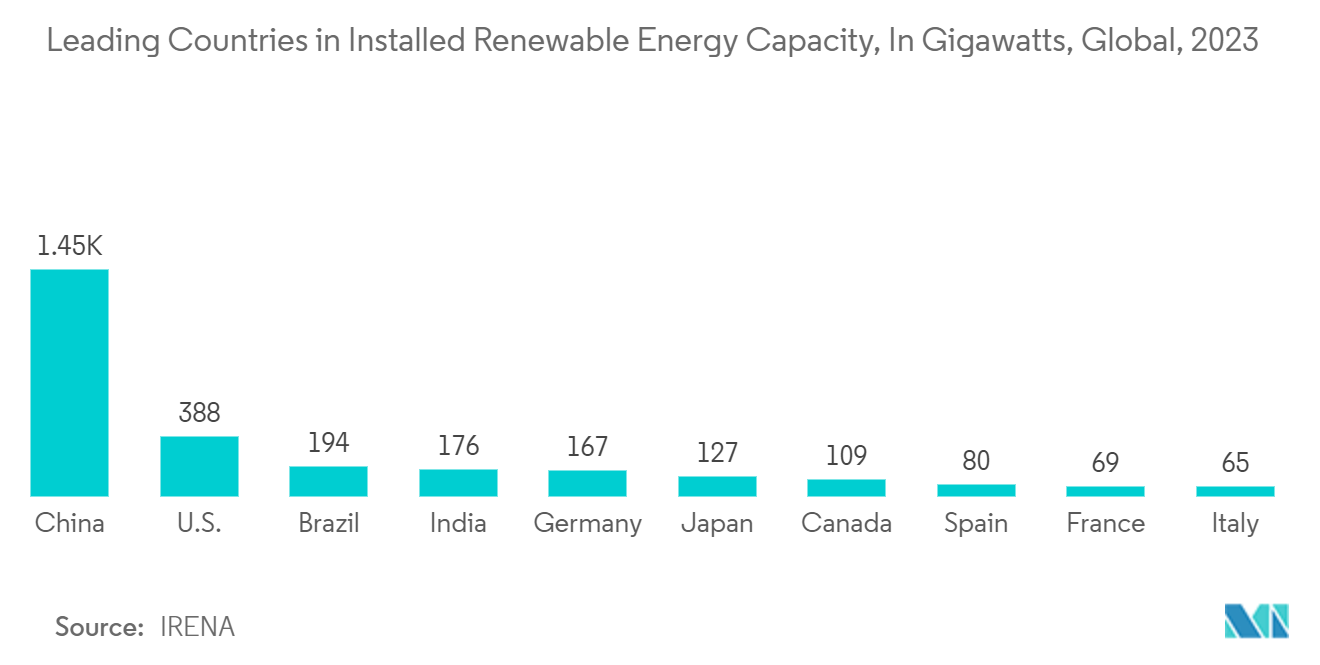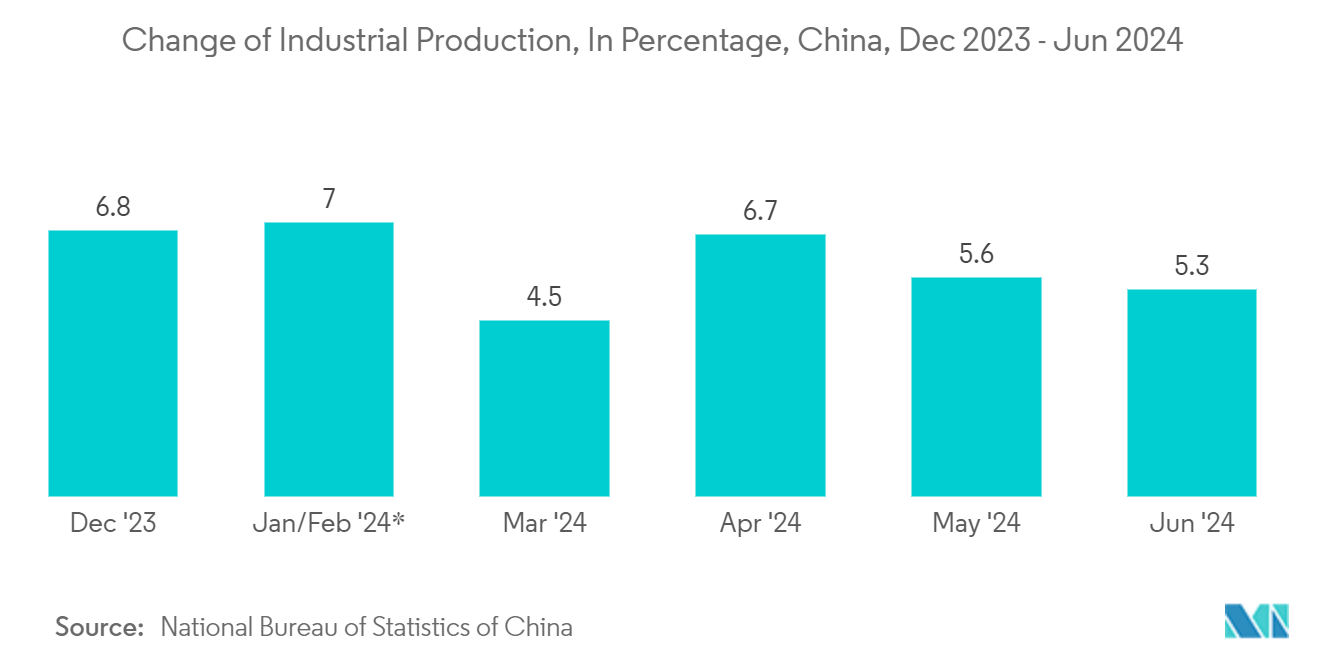Market Trends of Industrial Analog Integrated Circuits Industry
General-purpose IC is Expected to Witness Significant Growth
- General-purpose ICs are versatile components widely used in various industrial applications. Their adaptability and functionality make them essential in enhancing the performance and efficiency of industrial systems. General-purpose ICs, such as operational amplifiers, are commonly used for signal conditioning in industrial applications. They amplify, filter, and process sensor signals, ensuring that the data collected is accurate and usable for further processing. This is crucial in applications like temperature monitoring, pressure sensing, and other measurement systems.
- In industrial environments, data acquisition systems rely on general-purpose ICs to convert analog signals from sensors into digital data. These ICs can facilitate the integration of various sensors into a single system, allowing for real-time monitoring and control of industrial processes. This capability is essential for maintaining operational efficiency and ensuring quality control.
- General-purpose ICs are integral to control systems used in automation and process control. They are employed in PLCs and distributed control systems to manage and automate machinery and processes. These ICs help execute control algorithms that regulate operations, ensuring optimal performance and safety.
- The increasing government initiatives to expand their renewable capacity are further boosting the segment growth. For instance, as reported by IRENA, the leading countries for installed renewable energy in 2023 were China, the United States, and Brazil. China led the renewable energy sector with an installation capacity of approximately 1,453 GW. The United States followed in second place with a capacity of around 388 GW.

Asia-Pacific is Expected to Witness the Highest Growth Rate
- Increasing competition in today's world has reduced the time to market and fuelled customer expectations of faultless products. This trend has compelled manufacturers to implement AI algorithms that notify manufacturing teams of emerging production faults likely to cause product quality issues. It has enabled companies to take up their quality game and prevent the damage that high defect rates and product recalls can do to a company and its brand.
- Moreover, governments across the region are taking initiatives to deploy advanced technologies in their manufacturing sector. By 2025, Shanghai aims to build 10 industry-leading robot brands and 100 benchmark robot application scenarios and expand the industrial scale to 100 billion yuan.
- Further, China is experiencing substantial growth due to the increasing number of industries in the country and their integration with automation to enhance return on investment. China boasts the largest manufacturing industry globally, contributing significantly to market demand. Manufacturing companies in China prioritize adopting 4.0 solutions to optimize and elevate their operations, thereby propelling market expansion.
- India is steadily advancing towards Industry 4.0 through initiatives such as the National Manufacturing Policy and the PLI scheme. The National Manufacturing Policy aims to increase the manufacturing sector's contribution to GDP to 25% by 2025. Launched in 2022, the PLI scheme seeks to elevate India's core manufacturing sector to international standards.
- Manufacturing emerged as one of the high-growth sectors in India. The 'Make in India' program places India on the global map as a manufacturing hub and globally recognizes the Indian economy. According to IBEF, India can export goods worth USD 1 trillion by 2030 and is on the road to becoming a significant global manufacturing hub.


